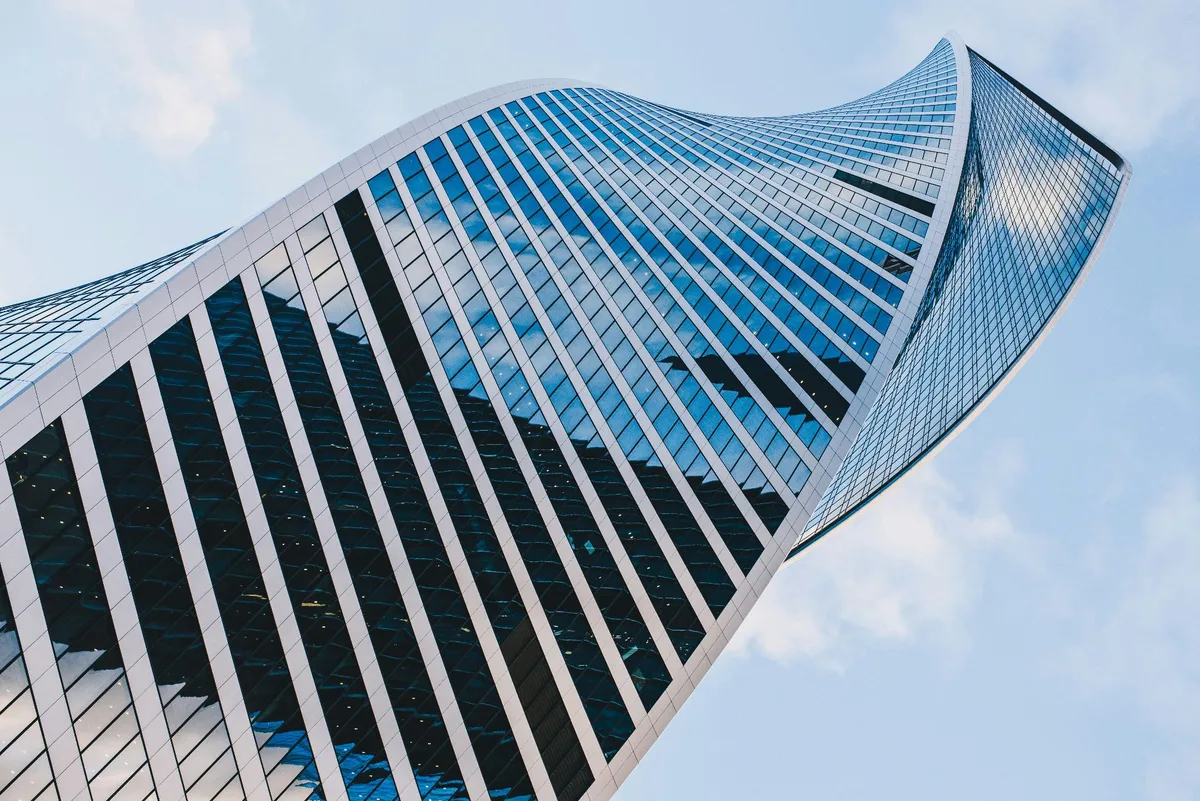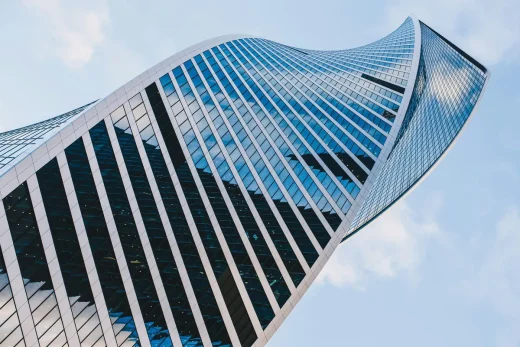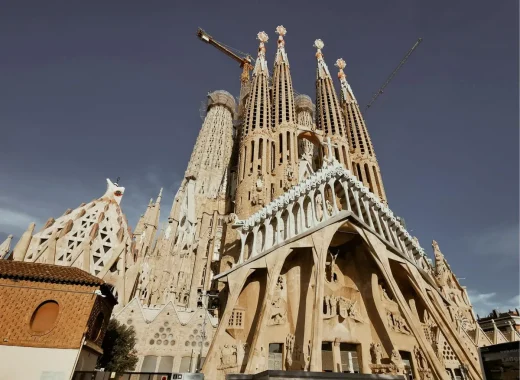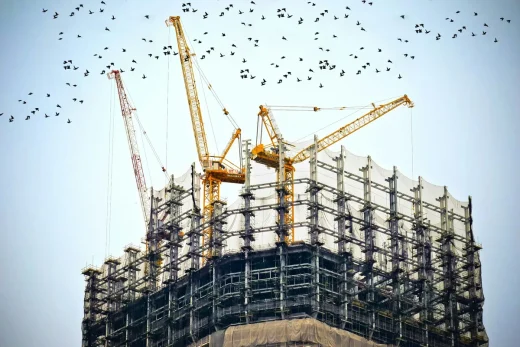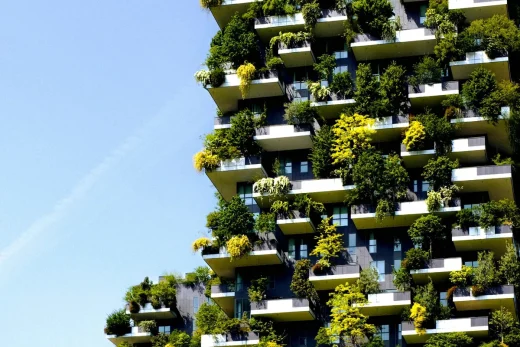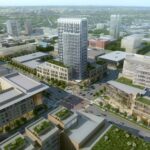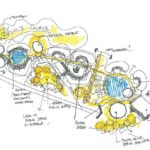Urban transformation, innovative architecture redefining modern cities, Paolo Testolini Woods Bagot Architects Dubai, UAE masterplan concept drawings
Urban Transformation — Innovative Architecture Redefining Modern Cities
28 September 2024
Architecture is not just about aesthetics. There are up to four million architects worldwide, each bringing their vision and skills to address urban challenges.
Urban landscapes are being reshaped in a sustainable yet stunning way. In this article, you will learn more about how innovative architecture redefines modern cities.
Nature as a Blueprint for Design
One of the most fascinating trends in modern architecture is biomimicry. This architectural design style is about imitating the practice of natural forms, processes, and ecosystems to create more sustainable and efficient designs.
The Eastgate Centre in Harare, Zimbabwe exemplifies biomimicry in action. Modeled after the self-cooling mounds of African termites, this office and shopping complex uses passive ventilation and cooling techniques to reduce energy consumption. Its honeycomb-like concrete floors, open atriums, and asymmetric windows enable natural airflow while reducing heat.
Similarly, the iconic Sagrada Familia in Barcelona, Spain, designed by the visionary architect Antoni Gaudi, is a testament to nature-inspired architecture. Its soaring, branch-like columns reach toward the sky like the trees that inspired them. Strategically placed windows and skylights bathe the interior in ethereal natural light. Gaudí’s nature-inspired designs have a reduced environmental impact, improved functionality, and unique aesthetics.
By observing and learning from nature, architects are reinventing spaces in a very innovative way. Curved lines, branching forms, and perforated screens that filter light and air are the recurring motifs. At the same time, these organic shapes often have an almost sculptural quality.
Modular and Prefabricated Construction
Modular and prefabricated construction is transforming architecture and construction. With this method, building components are manufactured off-site and assembled on location.
For example, Broad Sustainable Building in China constructed a 57-story skyscraper in just 19 days using modular methods. By building components ahead of time, they were able to assemble the structure at a fast pace. The Stack in Vancouver, Canada is also a modular micro-apartment building addressing affordability issues in the city’s housing market.
Prefabricated modules can be produced efficiently in a controlled factory setting. It reduces material waste, construction defects, and environmental impact compared to on-site building. Modules are transportable, allowing construction to happen concurrently with site preparation work. With streamlined construction timelines, projects can be completed 30-50% faster than conventional methods.
Modular and prefab techniques allow architects great flexibility. Modules can be stacked, arranged, and designed in creative configurations. It shortens timelines, decreases construction waste due to building in a controlled factory setting, and lowers costs through efficiency and scalability.
Kinetic Architecture: Buildings in Motion
Kinetic architecture refers to buildings with dynamic elements that can move or change shape in response to their environment. This type of architecture pushes the boundaries of design, creating structures that can physically transform to adapt to evolving needs.
Some amazing examples of kinetic architecture include the Al Bahr Towers in Abu Dhabi, which feature a responsive facade system. The towers’ skin is made of folding shutters that open and close automatically to control sunlight exposure. This helps reduce solar gain and optimize energy use inside the building. The kinetic facade gives the towers an ever-changing appearance throughout the day.
Another eye-catching project is the Kiefer Technic Showroom in Germany. It incorporates a full-scale revolving glass facade, creating a visually striking and dynamic architectural experience. As the glass facade slowly rotates, it reflects sunlight in different ways, adding movement and interest to the building exterior.
Kinetic structures like these highlight the possibilities of adaptability in architecture. As our environments and needs change, buildings can actively respond and transform themselves. Kinetic architecture allows for flexibility, energy efficiency, and innovative aesthetics that reimagine what buildings can look like and do.
Architects worldwide are embracing kinetic design, pushing boundaries, and redefining modern cities. Dynamic, shape-shifting buildings are becoming a growing trend, especially in major metropolises like Dubai.
If you want to buy property in Dubai, you may want to look for buildings with creative and adaptive architectural features. The city is quickly becoming an international hub for forward-thinking, sustainable design.
The Future of Urban Living
Advances in technology, sustainability, and urban planning are leading to innovative new architectural designs that are redefining urban landscapes. From green skyscrapers to modular housing, a fascinating transformation is underway.
Architects and urban planners are focused on creating livable cities for the future. Sustainability is a key priority, with green buildings designed to be energy and water-efficient. Rooftop gardens, renewable energy sources, and recycled materials are becoming commonplace. Building shapes are evolving too, with curvilinear forms and facades that better integrate with the natural environment.
In Atlanta, housing cooperatives are working with architects to build eco-friendly micro-homes for the city’s homeless population. In Bangkok, an unused alleyway was transformed into a vibrant public space after architects consulted with locals.
Co-living is another trend that is reimagining urban housing. Shared communal spaces encourage social interaction, alongside private bedrooms. Co-living is affordable, takes advantage of unused space, and promotes sustainability through shared resources.
To Sum Up
The future of cities lies in creative design. By working together, people can build thriving, sustainable cities that uplift society. The possibilities are endless when human insight meets nature and innovative architecture.
Urban Transformation — Innovative Architecture Redefining Modern Cities
Woods Bagot Designs
Aljada Masterplan Sharjah, UAE
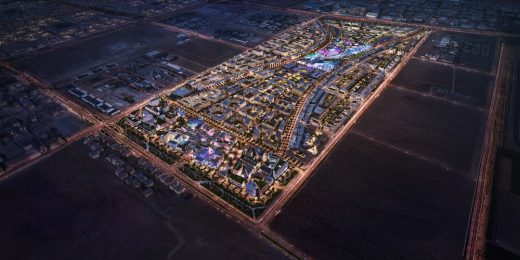
image from architects office
Aljada Development Masterplan in Sharjah
Woods Bagot Architects Building Designs – recent architectural selection from e-architect below:
St Mary’s Calne School Library, Wiltshire, Southwest England, UK
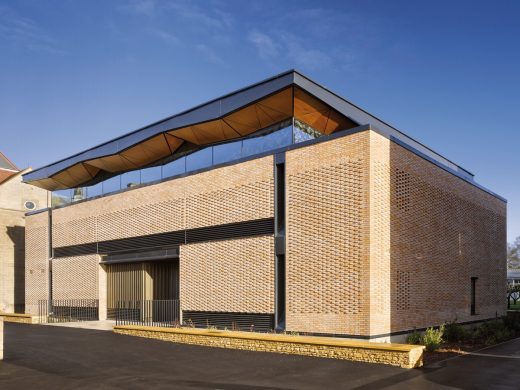
photograph : Will Pryce
St Mary’s Calne School Library
Three New Towers for Chinese Giant, Sunshine Insurance
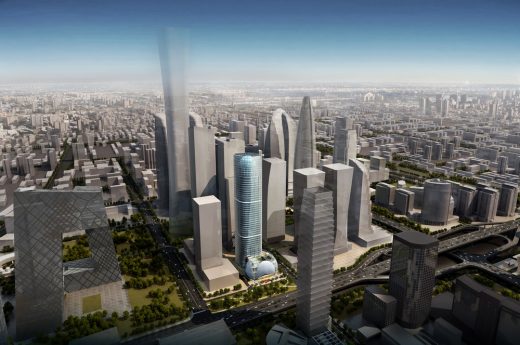
image courtesy of architecture office
Sunshine Insurance Towers in China
Design: Woods Bagot Architects
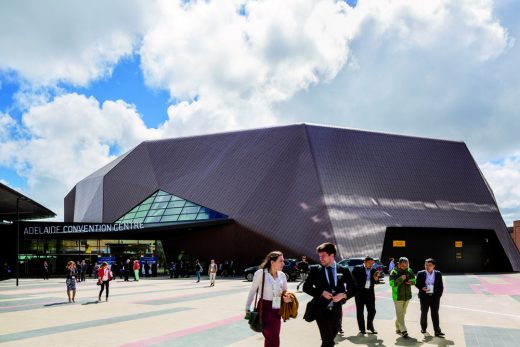
photo : Trevor Mein
Adelaide Convention Centre
SAHMRI 2 Building, Adelaide, South Australia
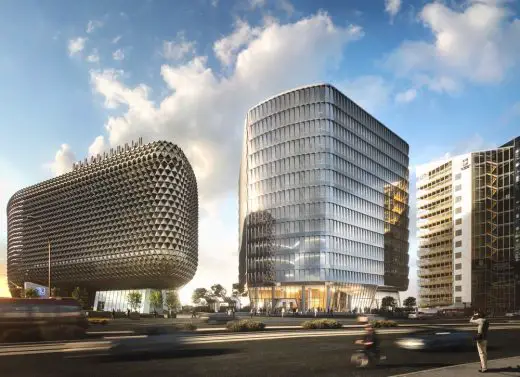
image courtesy of architects
SAHMRI 2 Building
Hongqi Zhen Sugar Factory Town Master Plan , Jinwan District, Zhuhai, southern Guangdong province, southern China
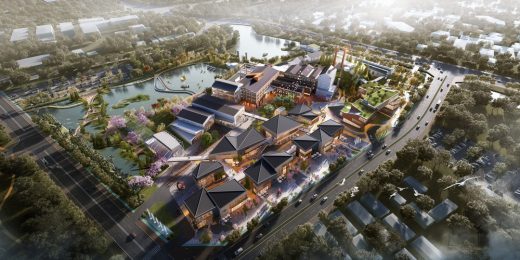
picture © Woods Bagot
Hongqi Zhen Sugar Factory Town Master Plan
, Shanghai, China
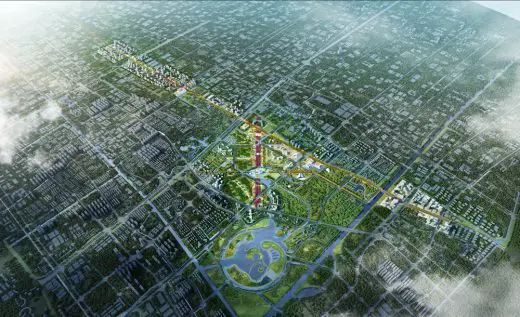
image © architecture office
Fengpu Avenue Masterplan
PT Telkom Landmark Tower, Jakarta, Java, Indonesia
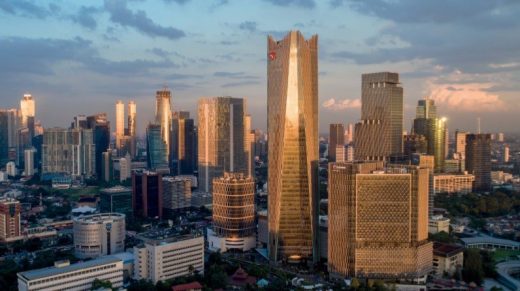
photo : William Sutanto
Telkom Landmark Tower Jakarta Building
+++
Woods Bagot Architects WAF Shortlist 2018 News
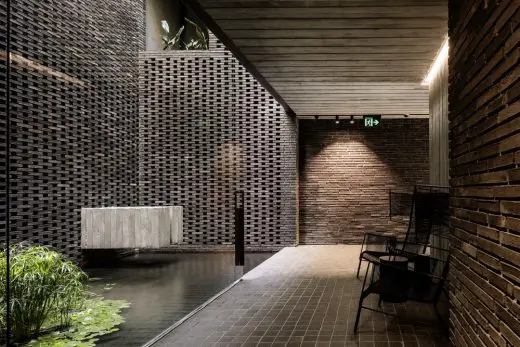
photo : Trevor Mein
Woods Bagot Architects WAF Shortlist 2018 Buildings
Woods Bagot Architects
Woods Bagot Architects : Practice Information
Woods Bagot Singapore
Woods Bagot Singapore
Woods Bagot Shanghai
Woods Bagot Shanghai
More Woods Bagot Architects architecture projects online soon
Location: – international offices
Architects Practice Information
Website: www.woodsbagot.com
Architectural Design
Sydney Architects Studios
Woods Bagot Architecture Office – practice info archive
Buildings / photos for the Urban Transformation — Innovative Architecture Redefining Modern Cities Architect page welcome.

